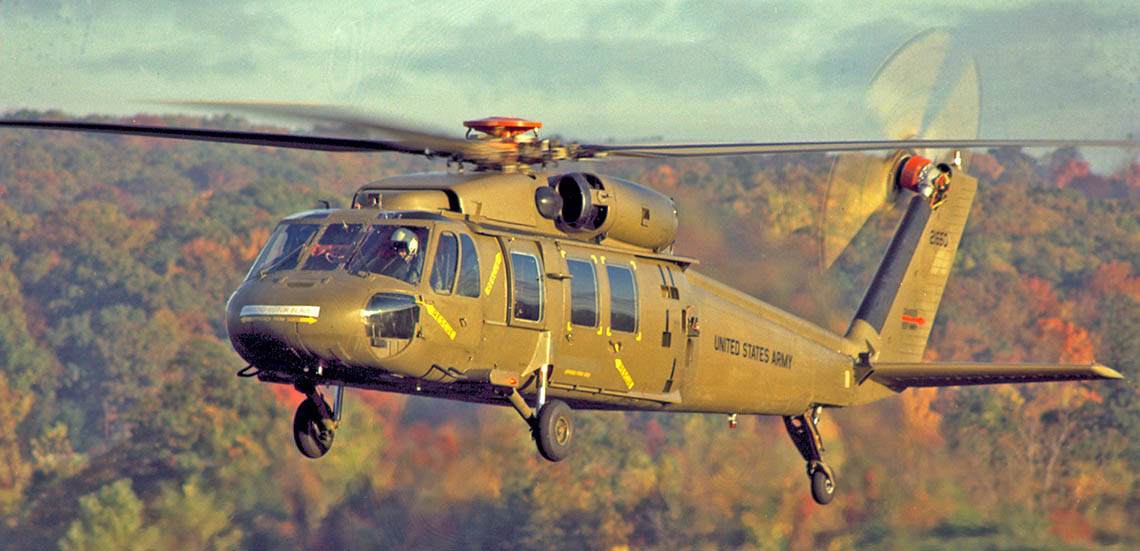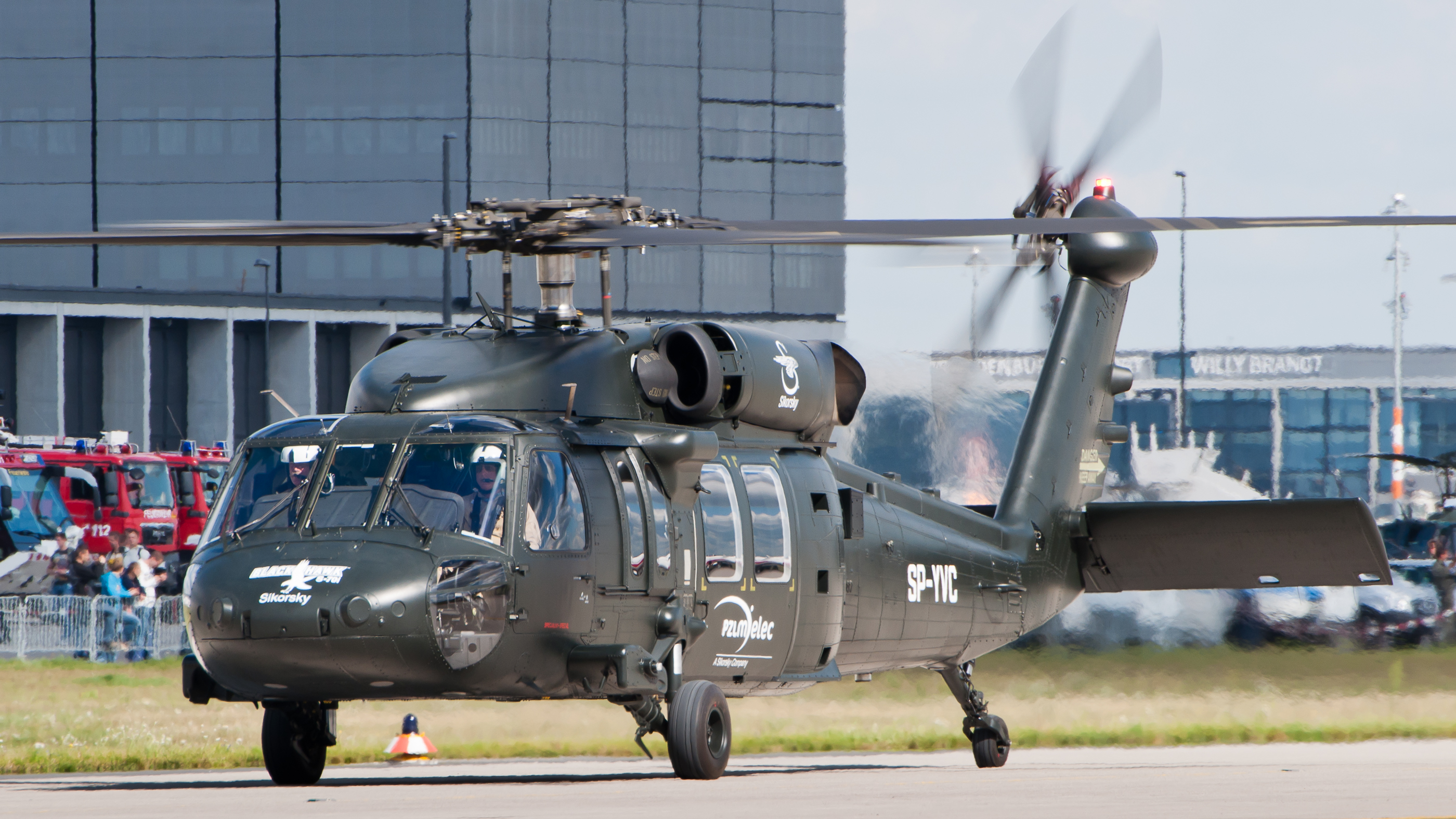Sikorsky S 70: Enhancing Helicopter Efficiency and Adaptability
Sikorsky S 70: Enhancing Helicopter Efficiency and Adaptability
Blog Article
High-Performance Multi-Role Rotorcraft Featuring Advanced Cabin Technologies and Integrated Sensing Unit Solutions
The world of rotorcraft innovation has actually seen noteworthy improvements in recent times, especially in the realm of high-performance multi-role rotorcraft geared up with cutting-edge cockpit innovations and seamlessly integrated sensor systems. In the adhering to conversation, we will explore the development of rotorcraft innovation, dive right into the world of sophisticated cabin developments, and examine the implications of integrated sensing unit systems on the operational flexibility and performance of modern rotorcraft.
Evolution of Rotorcraft Innovation
The advancement of rotorcraft innovation has been noted by significant innovations in the rules of aerodynamics, materials, and propulsion systems, forming the capabilities and performance of modern rotorcraft. Aerodynamic enhancements have actually boosted the performance and ability to move of rotorcraft, permitting boosted speed, dexterity, and stability during trip (sikorsky s 70). Innovations in materials, such as the usage of composite materials and advanced alloys, have led to lighter yet more powerful rotorcraft structures, boosting general performance and resilience. Furthermore, improvements in propulsion systems, consisting of extra powerful engines and ingenious propulsion innovations, have made it possible for rotorcraft to attain greater elevations, faster speeds, and better hauls.
These innovations have not only changed the capacities of rotorcraft but have actually also increased their applications across different sectors, including army, industrial, and emergency situation solutions. The continual development of rotorcraft innovation remains to drive development in the area, pushing the boundaries of what is feasible and forming the future of vertical flight.
Advanced Cockpit Innovations
Structure upon the foundational innovations in the rules of aerodynamics, materials, and propulsion systems, the realm of rotorcraft technology currently moves focus in the direction of pioneering Advanced Cabin Innovations. The combination of sophisticated innovations within the cockpit atmosphere plays an important role in improving the operational capabilities, safety, and efficiency of contemporary rotorcraft. sikorsky s 70. Advanced Cockpit Innovations encompass a broad array of features designed to offer pilots with boosted situational understanding, structured data management, and intuitive control user interfaces
Among the vital developments in cabin layout is the application of glass cockpits, which change conventional analog evaluates with high-resolution displays. These digital systems offer adjustable layouts, real-time information assimilation, and improved readability, enabling pilots to access vital information at a look. Additionally, advanced avionics systems, such as fly-by-wire controls and boosted truth display screens, are transforming just how pilots communicate with the aircraft, permitting for specific control and improved decision-making capacities.


Incorporating innovative cabin developments not just boosts pilot performance however likewise contributes to total mission effectiveness and security in complicated functional atmospheres. By leveraging cutting edge innovations within the cabin, rotorcraft producers are establishing new criteria for functional excellence and goal success.
Integrated Sensor Solutions
With the development of rotorcraft technology, the assimilation of innovative Integrated Sensing unit Equipment has actually ended up being paramount in boosting operational effectiveness and security. These Integrated Sensing unit Equipments incorporate a vast array of innovations that supply crucial information for numerous functions such as navigating, monitoring, targeting, and ecological monitoring. By effortlessly integrating sensing units like radars, cams, lidar, and infrared systems into rotorcraft, drivers can take advantage of improved situational awareness, boosted goal capabilities, and reduced pilot work.
One secret advantage of Integrated Sensing unit Equipments is their capacity to collect real-time data and provide workable insights to pilots and goal drivers. For instance, progressed radar systems can spot and track targets over long ranges, allowing for early threat discovery and effective response preparation. Additionally, incorporating electro-optical and infrared video cameras allows rotorcraft to perform reconnaissance and monitoring missions with accuracy and precision.
In significance, the assimilation of sophisticated sensing unit innovations into rotorcraft not only boosts operational efficiency yet likewise contributes considerably click here for info to general objective success and staff security. As rotorcraft proceed to advance, the duty of Integrated Sensing navigate here unit Systems will certainly continue to be at the leading edge of innovation in the aerospace industry.
Operational Versatility and Performance
Enhancing operational convenience and performance in rotorcraft is an all-natural progression from the integration of sophisticated Integrated Sensing unit Solutions. By leveraging the data and insights given by these cutting-edge sensor systems, rotorcraft can maximize their performance across various objectives and settings.
Functional flexibility encompasses the ability of rotorcraft to adjust to various functions and situations successfully. With innovative cabin modern technologies and incorporated sensing unit systems, rotorcraft can seamlessly transition in between jobs such as search and rescue, medical discharge, security, and more. This convenience boosts the rotorcraft's capacity to satisfy varied operational requirements without calling for substantial reconfiguration.
Effectiveness in rotorcraft procedures is crucial for making best use of mission efficiency and resource usage. Integrated sensing unit systems play a pivotal duty in improving operational efficiency by giving real-time information on weather, terrain mapping, target monitoring, and more. This information enables pilots to make educated choices promptly, enhance flight courses, conserve gas, and boost total objective performance.
Effect on Modern Air Travel Procedures

Additionally, the assimilation of innovative sensors promotes enhanced goal planning and implementation, making it possible for rotorcraft to do a wide array of tasks with improved accuracy. From search and rescue procedures to aerial firefighting and police objectives, the abilities of contemporary rotorcraft outfitted with advanced cockpit innovations and integrated sensing unit systems are unrivaled.
Furthermore, the effect of these innovations prolongs beyond functional efficiency to cost-effectiveness and sustainability. By optimizing trip routes, gas consumption, and maintenance routines, high-performance rotorcraft geared up with advanced cockpit technologies and sensing units add to page reducing functional costs and environmental effect, making them important properties in contemporary aviation operations.
Conclusion
To conclude, the high-performance multi-role rotorcraft with sophisticated cockpit innovations and integrated sensing unit systems stands for a considerable development in aviation innovation. These developments boost operational flexibility and efficiency, eventually influencing modern-day air travel procedures in a positive means. The assimilation of these innovative innovations permits boosted abilities and efficiency in different mission circumstances, showcasing the proceeded development of rotorcraft innovation in the aeronautics market.
The world of rotorcraft innovation has seen notable innovations in current times, especially in the world of high-performance multi-role rotorcraft equipped with sophisticated cabin technologies and flawlessly incorporated sensing unit systems. From improved objective flexibility to boosted operational effectiveness, the merging of sophisticated cockpit modern technologies and incorporated sensor systems has actually ushered in a brand-new period of possibilities for rotorcraft applications. In the complying with discussion, we will certainly check out the evolution of rotorcraft technology, dive into the world of sophisticated cabin innovations, and examine the effects of incorporated sensor systems on the operational flexibility and efficiency of contemporary rotorcraft.

Report this page